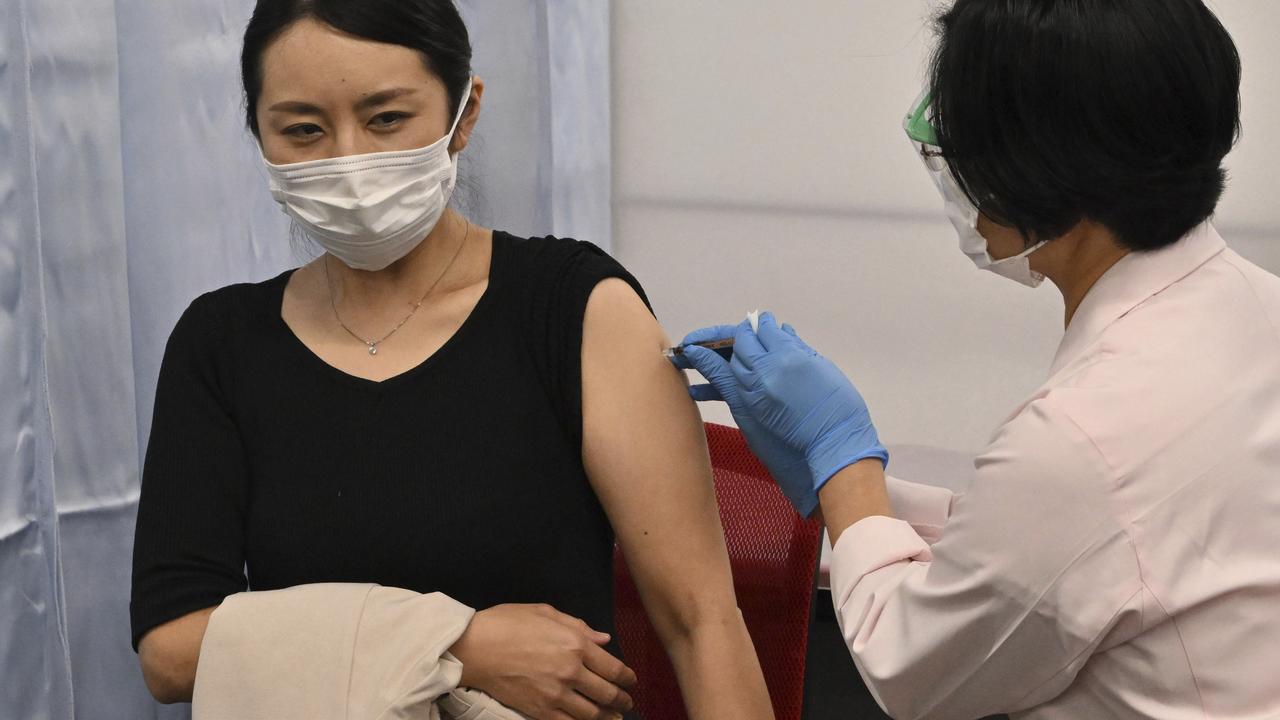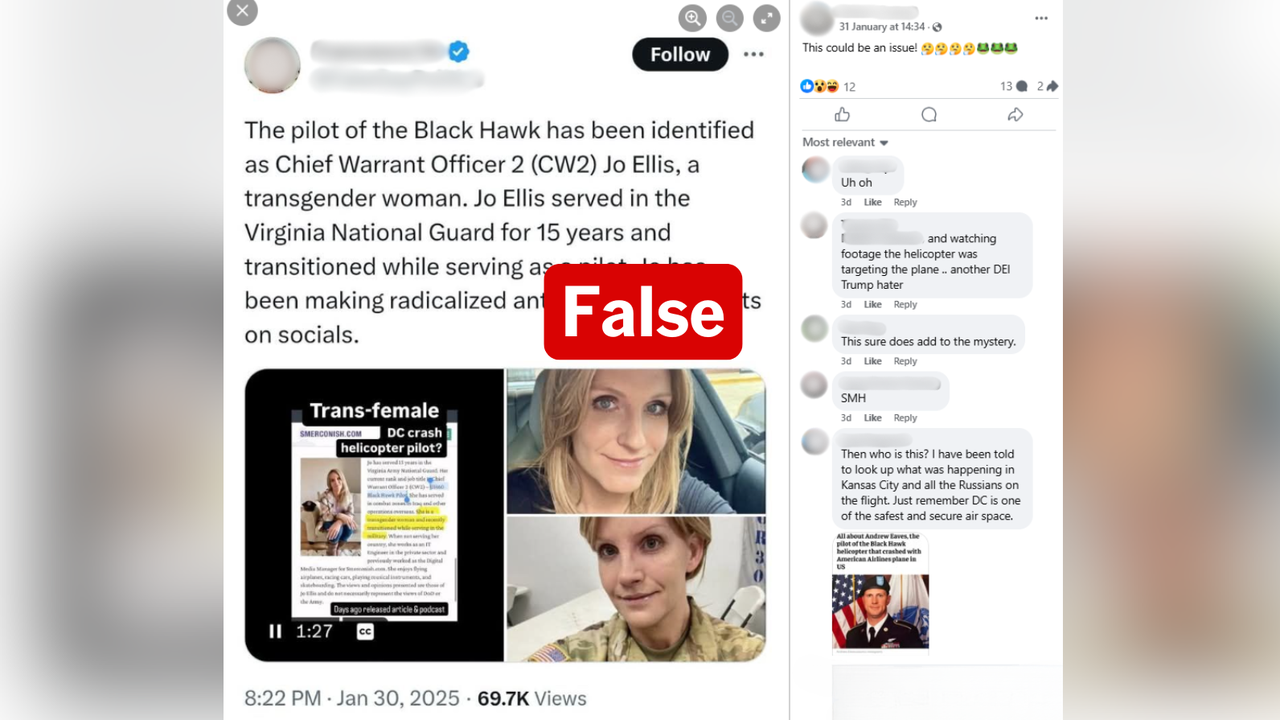WHAT WAS CLAIMED
Japan has declared a state of emergency after 'nanobots' were discovered in COVID-19 vaccines.
OUR VERDICT
False: Japan has not declared a state of emergency and experts say the nanobots claim is baseless.
AAP FACTCHECK - Japan has declared a state of emergency after "nanobots" were discovered in COVID-19 vaccines, social media users claim.
This is false. Japan has not declared a state of emergency and experts have rubbished the findings of a study that claims there's evidence of nanobots in COVID-19 vaccines.
The false claim is made in a series of Facebook posts which share similar text.
"Japan Declares a State of Emergency and Issues an Apology after Finding Pfizer and Moderna Covid 'Vaccines' Contain 'Nanobots' Found in 96 Million Citizens," this post reads.
It includes a link to an article that reposts a story from The People's Voice, a repeated source of misinformation which AAP FactCheck has debunked multiple times.
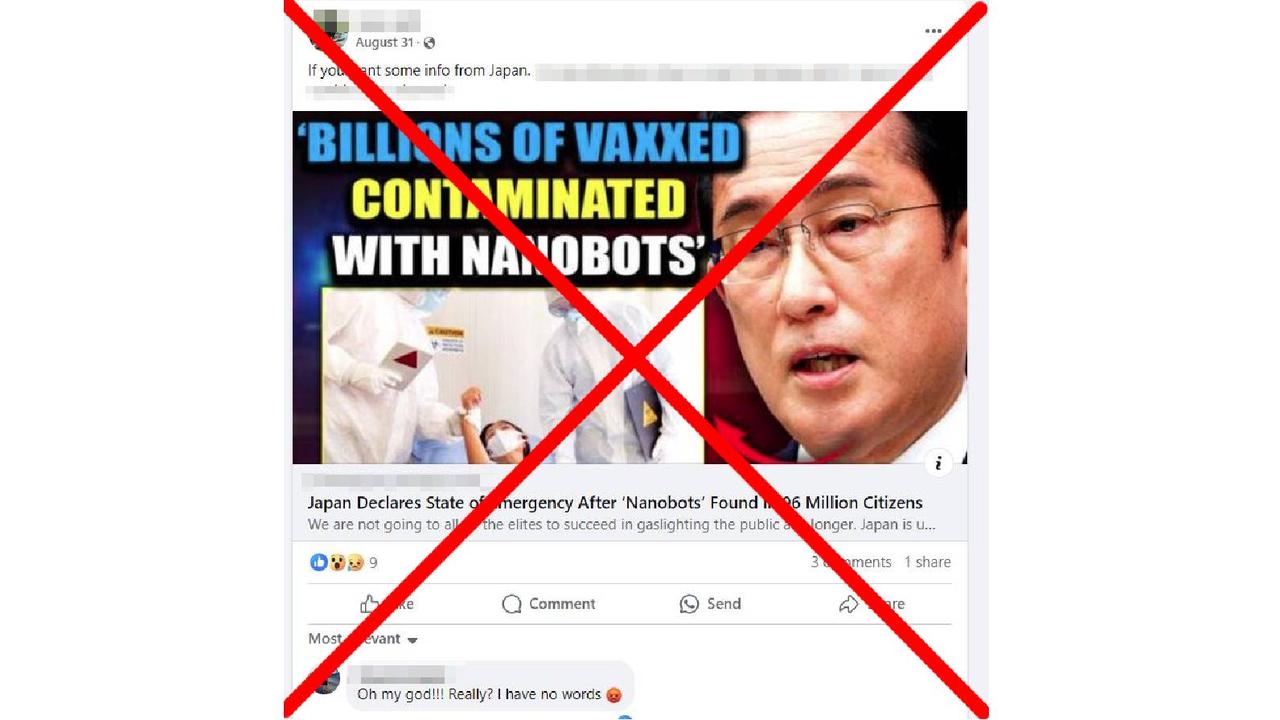
The article reads: "Japan has issued an apology to its citizens for the disastrous consequences of the COVID-19 mRNA vaccines and has launched far-reaching scientific inquiries and criminal investigations to establish the truth and punish the perpetrators."
However, the article provides no further evidence to support the claim and AAP FactCheck has found no evidence Japan has declared a state of emergency. The country is still administering COVID-19 vaccines.
Japan declared a state of emergency in 2020 and 2021, during waves of COVID-19 cases. However, according to a record of speeches and statements by Japan's prime minister, the last state of emergency was fully lifted in October, 2021 and there have been none since.
There were no announcements about vaccines or COVID-19 in August, 2024, when the People's Voice article was published.
There is also no evidence a state of emergency was declared on Japan's Ministry of Health website and the country's COVID-19 vaccination program is ongoing.
AAP FactCheck contacted Japan's Ministry of Health but did not receive a response.
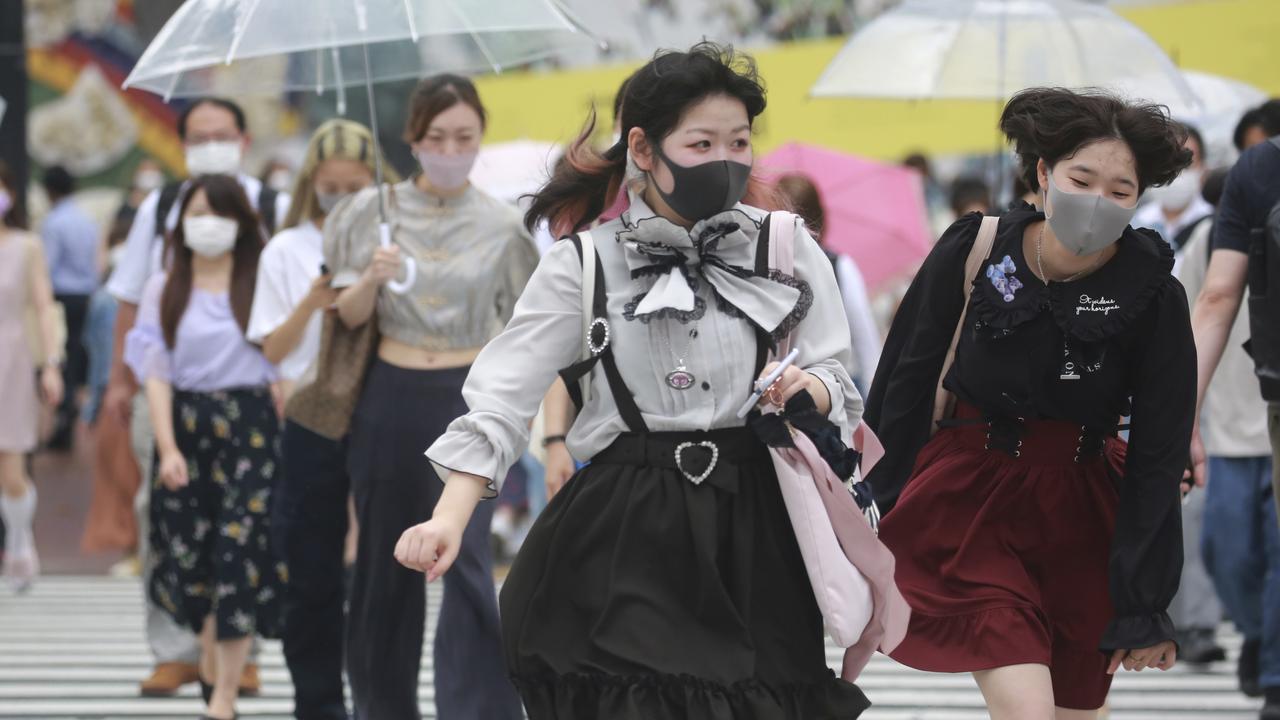
The People's Voice article claims the declaration was announced after a study found "Pfizer and Moderna vaccines contain unauthorised 'animated worm-like' entities, invisible to the human eye, that swim, wriggle, and assemble themselves into complex structures".
"These are nanobots that communicate with a central database," the article claims.
University of Auckland vaccinology associate professor Helen Petousis-Harris told AAP FactCheck the claim is "utterly ridiculous".
The study cited in the article was published in the International Journal of Vaccine Theory, Practice, and Research in July 2024.
The journal largely publishes material critical of COVID-19 vaccination and is a repeated source of misinformation.
Assoc Prof Petousis-Harris said the journal is not recognised by the scientific community and its editorial board includes people known for spreading medical falsehoods.
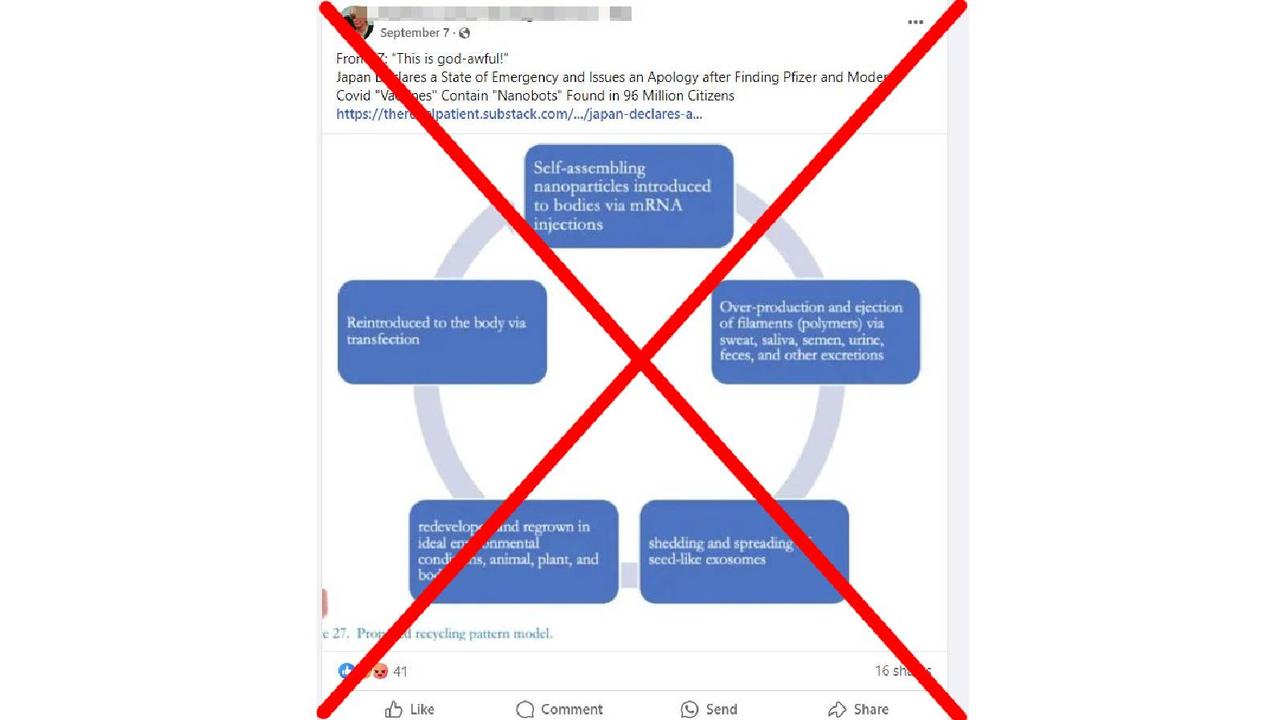
It is headed by linguistics professor John Oller, who has pushed debunked claims about links between vaccines and autism, along with senior editor Christopher Shaw, a neuroscience professor who has published discredited papers linking vaccines to autism.
The journal is not included in respected peer-reviewed journal databases ScienceDirect or the United States National Library of Medicine.
Assoc Prof Petousis-Harris said the study's authors have little relevant expertise. It was written by a linguistics professor, who specialises in propaganda and also serves on the journal's board, and was conducted by a gynaecologist/obstetrician.
She also said the methodology is highly unusual and written using "value-laden words and pseudoscientific terms".
"The images and descriptions read like a school science experiment," she said. "This paper is clearly not written by scientists."
The study was conducted in a repurposed fertility clinic in Korea and the paper includes crude hand-drawn diagrams.
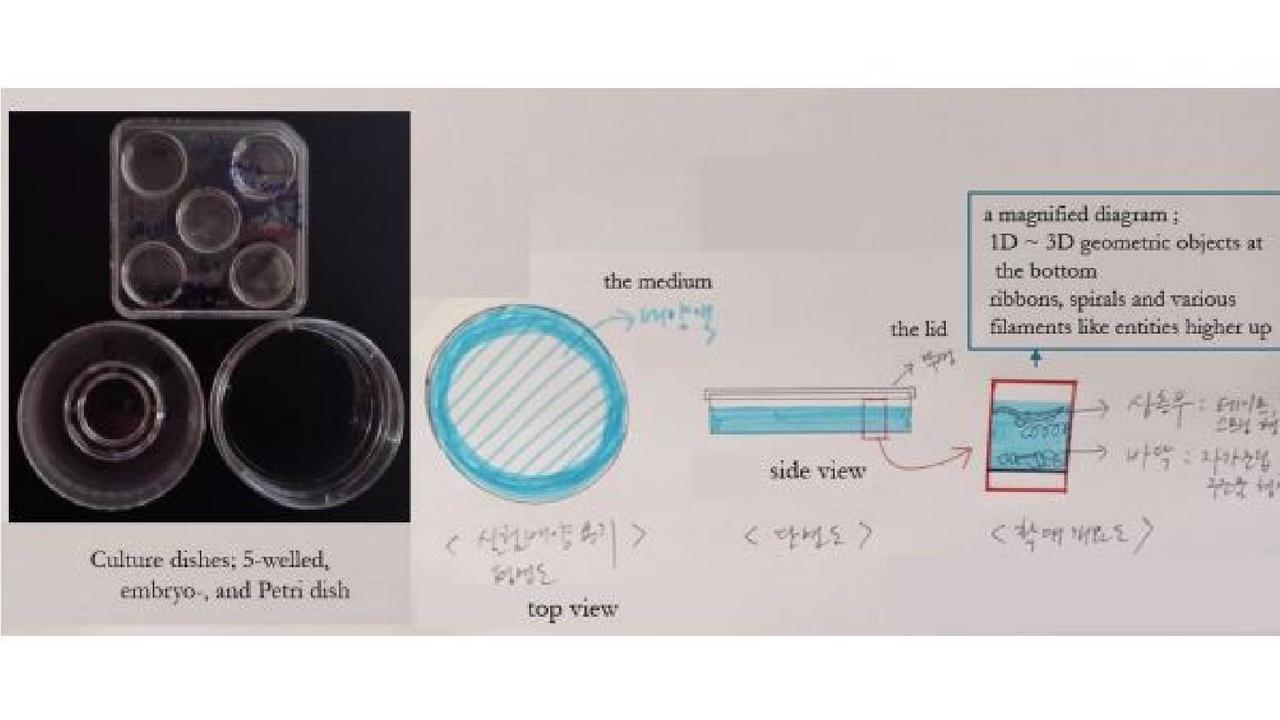
The methodology involved placing the contents of COVID-19 vaccines — most of which are described as "residual injectable vials" — in various cultures for more than a year.
The experiment also involved studying semen collected from vaccinated and unvaccinated people and combining this with "soju (Korean distilled spirits, 20 proof), red wine, beer, and silica water".
The vaccine samples were also placed on charging mobile phones and an external hard drive to test the effect of electromagnetic radiation.
Photos of the samples taken using a stereo microscope show objects the researchers claim "suggest the presence of some kind of nanotechnology".
Without any further evidence, they conclude "it is plausible that the injectable contents are designed to act as a kind of semi-conductor".
"These structures, according to numerous researchers, could serve as signal conductors, biosensors, switches, and/or electronics devices needed for the transhumanist movement toward a post-human society," the study states.
Assoc Prof Petousis-Harris said the pictured objects are hundreds of times larger than nano-structures and could be the result of the crystallisation of the solution, contamination or air bubbles.
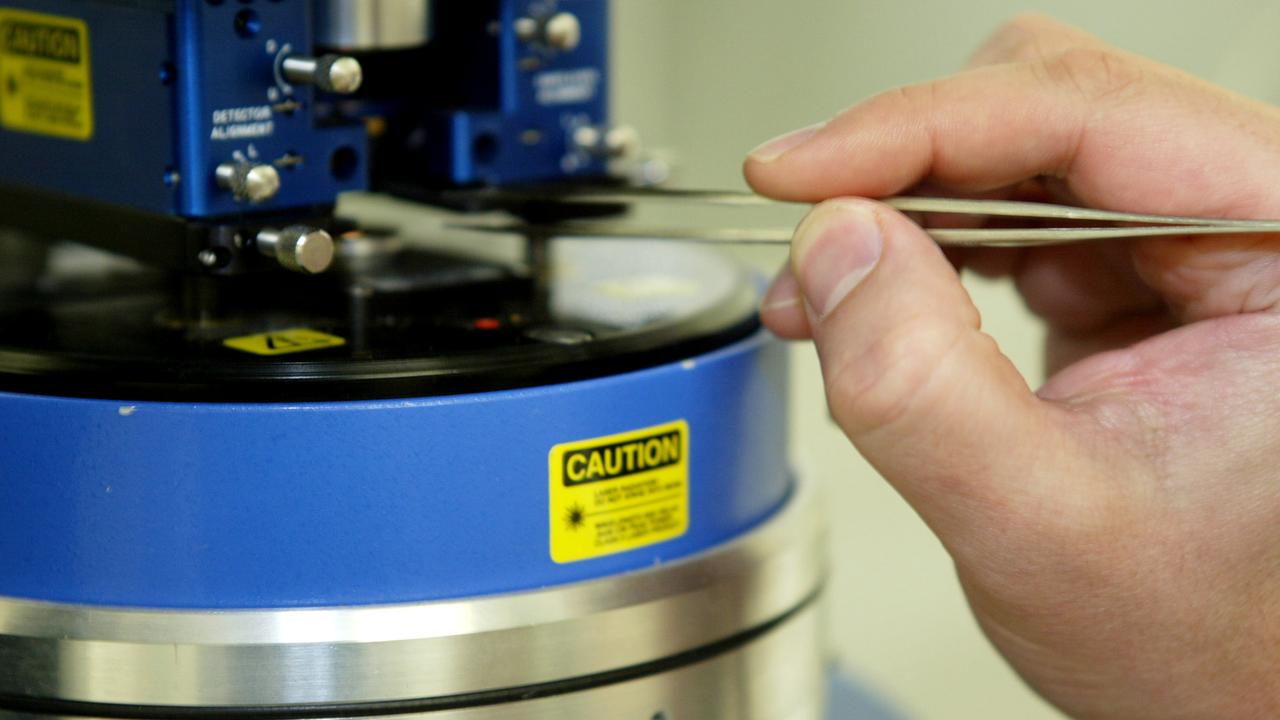
Arizona State University nanotechnology expert Professor Andrew Maynard told AAP FactCheck the study seems to be in "fantasy land".
He called it "a very poorly constructed and conducted experiment where observations have been interpreted within the context of a set of foregone conclusions".
The objects in the images "could be anything," he said.
University of Auckland physics professor and nano-tech expert Geoff Willmott said the structures shown in the study are "not at all unusual" when viewing cultures under a microscope and similar crystalline structures are often found in other salt solutions.
Victoria University of Wellington post-doctoral research fellow Paul Hume also said the objects "are pretty common in optical microscopy". This is often due to contamination from dust and precipitation from the evaporation of the solution under a microscope light.
The People's Voice article has also been debunked by Reuters and Logically Facts.
The Verdict
False – The claim is inaccurate.
AAP FactCheck is an accredited member of the International Fact-Checking Network. To keep up with our latest fact checks, follow us on Facebook, Twitter and Instagram.
